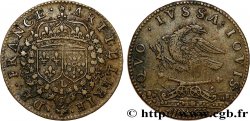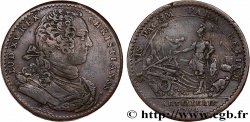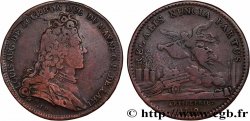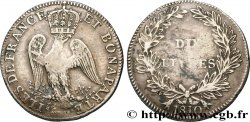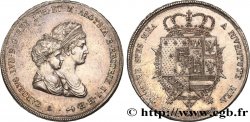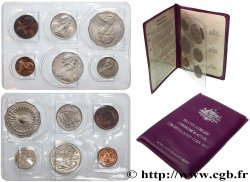Live auction - fjt_518708 - ARTILLERIE Louis de Crevant, duc de Humières, grand maître de l’Artillerie 1691
Devi Sign-in ed essere un offerente approvato fare un'offerta, Login per fare offerte. Conti sono soggetti ad approvazione e di approvazione sono raggiunti entro 48 ore. Non aspettare fino al giorno di una vendita si chiude per registrarti.Confermando la tua offerta su questo oggetto ti impegni ad un contratto legalmente vincolante per l'acquisto di questo prodotto e fare clic su «offerta» costituisce accettazione dei termini di utilizzo de live auctions cgb.fr.
Offerta deve essere collocato in euro gli importi interi vendita only.The si chiuderà al momento sulla descrizione dell'oggetto, eventuali offerte pervenute al sito dopo l'orario di chiusura non verranno eseguite. Volte transmition possono variare e le offerte potrebbero essere respinto se si attende per gli ultimi secondi. Per ulteriori informazioni ckeck le FAQ Live auction.
Le offerte vincenti saranno sottomesse ai 18% per spese di compartecipazione alla vendita.
Le offerte vincenti saranno sottomesse ai 18% per spese di compartecipazione alla vendita.
| Valutazione : | 240 € |
| Prezzo : | no offerta |
| Offerta maxima : | no offerta |
| Data di fine vendita : | 29 gennaio 2019 17:26:00 |
Tipo : Louis de Crevant, duc de Humières, grand maître de l’Artillerie
Data: 1691
Metallo : argento
Diametro : 26,6 mm
Asse di coniazione : 6 h.
Orlo : lisse
Grado di rarità : R1
N° nelle opere di riferimento :
Diritto
Titolatura diritto : LE MARECHAL DUC DE HUMIERES.
Descrittivo diritto : Écu aux armes de Louis de Crevant (1632-1694), marquis puis duc de Humières portent écartelé ; aux 1 et 4, contre-écartelé d’argent et d’azur ; aux 2 et 3, d’argent fretté de sable, dessous, deux canons.
Rovescio
Titolatura rovescio : DIVERSO. EX. HOSTE. TROPHEA ; À L'EXERGUE : ARTILLERIE. 1691.
Descrittivo rovescio : Canons et outillage d'artillerie.
Traduzione rovescio : Trophée constitué des armes de plusieurs ennemis.
Commento
Gouverneur de Compiègne en 1646, en survivance de son père, Louis de Crevant est maréchal de camp en 1650 en Flandre. En 1660, il est gouverneur du Bourbonnais puis, protégé par Louvois, reste en Flandre entre 1667 et 1675. Il seconde Turenne et devient gouverneur de Lille et maréchal de France en 1668. En Hollande en 1675, il devient gouverneur du Hainaut puis Grand maître de l’artillerie en 1685 (il avait le droit de faire supporter ses armes par deux canons adossés avec leurs affûts au naturel, voyez le droit de ce jeton). Chevalier des ordres du roi en 1688, il devient duc et pair de France en 1690. Il se retire en 1691 et meurt à Versailles. Plus que ses succès, c’est son épouse, la belle et riche Louise Antoinette de la Châtre, dame du palais de la Reine qui passe pour avoir contribué à sa réussite.
Le 1er juillet 1690, Luxembourg l'emporte à Fleurus, Tourville à Bézeviers quelques jours plus tard. En août, c'est Catinat qui est victorieux à Staffarde.
Governor of Compiègne in 1646, surviving his father, Louis de Crevant was field marshal in 1650 in Flanders. In 1660, he was governor of Bourbonnais then, protected by Louvois, remained in Flanders between 1667 and 1675. He seconded Turenne and became governor of Lille and marshal of France in 1668. In Holland in 1675, he became governor of Hainaut then Grand Master of the artillery in 1685 (he had the right to have his weapons supported by two cannons leaning against each other with their natural carriages, see the right on this token). Knight of the King's orders in 1688, he became duke and peer of France in 1690. He retired in 1691 and died at Versailles. More than his successes, it was his wife, the beautiful and wealthy Louise Antoinette de la Châtre, lady of the Queen's palace, who was said to have contributed to his success. On July 1, 1690, Luxembourg won at Fleurus, and Tourville at Bézeviers a few days later. In August, it was Catinat who was victorious at Staffarde.
Le 1er juillet 1690, Luxembourg l'emporte à Fleurus, Tourville à Bézeviers quelques jours plus tard. En août, c'est Catinat qui est victorieux à Staffarde.
Governor of Compiègne in 1646, surviving his father, Louis de Crevant was field marshal in 1650 in Flanders. In 1660, he was governor of Bourbonnais then, protected by Louvois, remained in Flanders between 1667 and 1675. He seconded Turenne and became governor of Lille and marshal of France in 1668. In Holland in 1675, he became governor of Hainaut then Grand Master of the artillery in 1685 (he had the right to have his weapons supported by two cannons leaning against each other with their natural carriages, see the right on this token). Knight of the King's orders in 1688, he became duke and peer of France in 1690. He retired in 1691 and died at Versailles. More than his successes, it was his wife, the beautiful and wealthy Louise Antoinette de la Châtre, lady of the Queen's palace, who was said to have contributed to his success. On July 1, 1690, Luxembourg won at Fleurus, and Tourville at Bézeviers a few days later. In August, it was Catinat who was victorious at Staffarde.







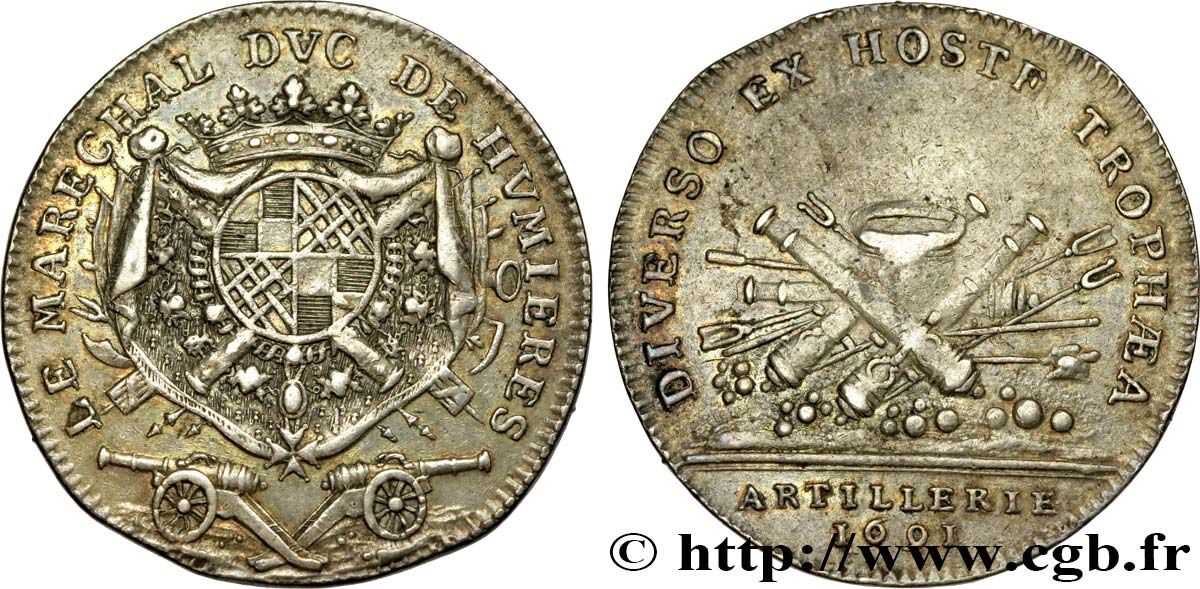
 Segnalare un errore
Segnalare un errore Stampate la pagina
Stampate la pagina Condividi mia selezione
Condividi mia selezione Fai una domanda
Fai una domanda Consegnare / vendere
Consegnare / vendere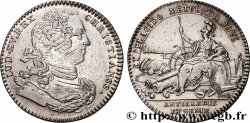
 Descrittivo
Descrittivo